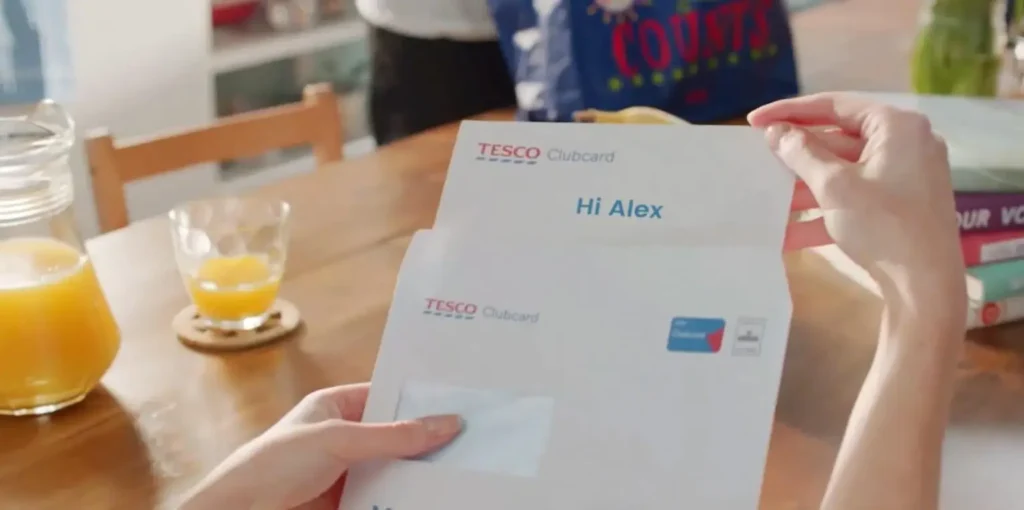It’s not complicated. The majority of customers churn because they failed to connect with your brand or because an event occurred that caused them to disconnect. 53% of all customer churn is attributed to one of these factors: poor onboarding (23%), weak relationship building (16%) and poor customer service (14%).
The one thing they all have in common is the sensitive relationship between brand and customer. Neglect your existing relationships, and you’ll find yourself with a high churn rate. Find out what your business’s churn rate is.
Let’s dig into how you can strengthen your communication at these crucial stages, plus other tips for forming deeper, longer lasting brand-customer connections. After all, reducing your churn rate by just 5% can increase your profits by 20-100%, but first you need to know how to calculate your churn rate.” Below we’ll discuss how you can avoid customer churn.
Don’t let your attentiveness fall off after on-boarding. Create opportunities to check in!
The beginning of a relationship can be exciting. It’s something new! There’s so much to learn! But when it comes to business, that initial honeymoon period too frequently ends after a customer has been successfully on-boarded. There’s an over-confidence that gives marketers the false assumption that just because an initial sale was made, additional sales to the same customer will follow. What marketers can fail to realize is that relationships need to be actively and repeatedly nurtured. Awareness of and occasional engagement with a brand is not enough to create a loyal customer.
Find reasons to touch base with your customers after they’ve been with you for a little while. New promotions, opportunities for cross-selling and up-selling, an expanded product line, sending surveys, simply saying hello and asking how someone is doing with your product/service – these are all fantastic reasons to create a customer communication touchpoint. Be proactive or risk relationships dying on the vine.
What is the customer’s desired outcome? Deliver on that expectation.
Do you know what your customer expects to gain out of your relationship? Whether it’s excellent internet service or a fantastic new bicycle, find out what made someone choose your brand and deliver on their expectations.
Part of delivering on expectation is preempting hurdles that can get in the way of the desired outcome. So if the aforementioned internet customer is having trouble with connectivity, you either want to preemptively notify them that you’re aware of the problem and are working on it, or – if you aren’t able to detect the issue on your end – offer the highest level of customer service possible when the customer contacts you. This means providing fast communication, informed answers and satisfactory solutions.
Be visual when sharing information.
People are naturally visual learners. That’s hardly a groundbreaking statement. But you might be surprised to learn that 90% of the information humans take in is done visually. It’s also processed faster and remembered 40% more reliably than information learned through text. When both visual and auditory senses are stimulated, recall rate increases to 68%.
Imagine receiving pages of dense text explaining the terms of your mobile phone plan. Chances are you’ve all been sent an on-boarding packet of terms and regulations before, and changes are it either went straight into a drawer or into the garbage. Text just doesn’t feel friendly, and it certainly doesn’t encourage people to engage.
Now imagine those same terms conveyed in an infographic or in a short video. Which would you rather interact with? Simply including the word “video” in an email subject line can increase open rates by 19%. It’s because someone would rather watch a video than sift through information in an email, and it’s because visual mediums are simply more inviting of engagement. Accordingly, 85% of advertisers have increased their video marketing budgets, spending an average of $10 million annually.
Build relationships on personalization.
73% of consumers prefer to do business with brands that uses data to deliver a personalized experience. Luckily, 63% of millennials and 58% of Generation X consumers are open to sharing their personal information with brands to receive targeted promotions, offers, services and product suggestions. This means that you’re in a situation where your customers want to work with you with in order to create their optimal consumer experience. They’re willing to give you the tools if you promise to deliver the interface they want.
So, what is it about personalization that makes people happy? For starters, it makes the shopping experience efficient. If you’re recommending products and services based on previous interactions, you’re saving someone the time of having to search on their own and you’re also bringing relevant, new options to their attention. 83% of loyalty program members say that relevant incentives encourage repeat transactions with a brand. In fact, businesses have reported that personalization has delivered 5X to 8X the ROI on their marketing spend.
Secondly, and perhaps most powerfully, marketing personalization is a way to make the digital transactional relationships feel more like the ones that happen on Main Street. The same way people form relationships with their local vendors, implementing personalized touches – even just simple things like name, gender and geographic awareness – creates an environment of familiarity. And familiarity, coupled with satisfaction, breeds loyalty, and reduces the causes of customer churn.
Read more about personalized marketing…
What the World Would Be Like Without Marketing Personalization
Why 90% of Marketing Execs Think Personalized Marketing is the Future
How Video Personalization Solves a Major Marketing Challenge
To find out more about Idomoo’s Next Generation Video Platform and how we can help you reach your customers and drive action, contact us below.






